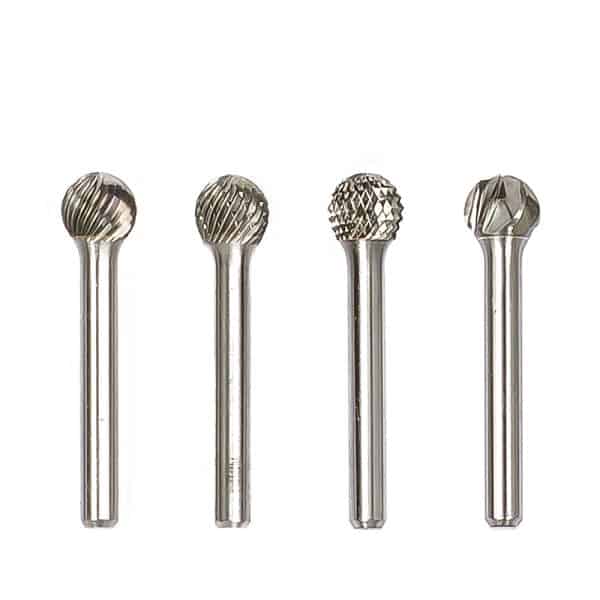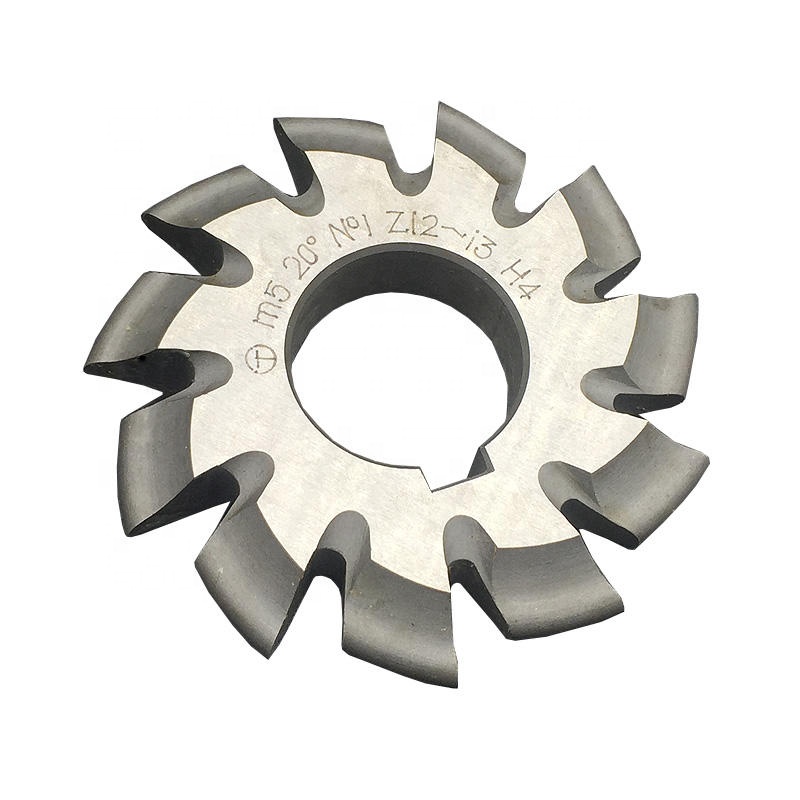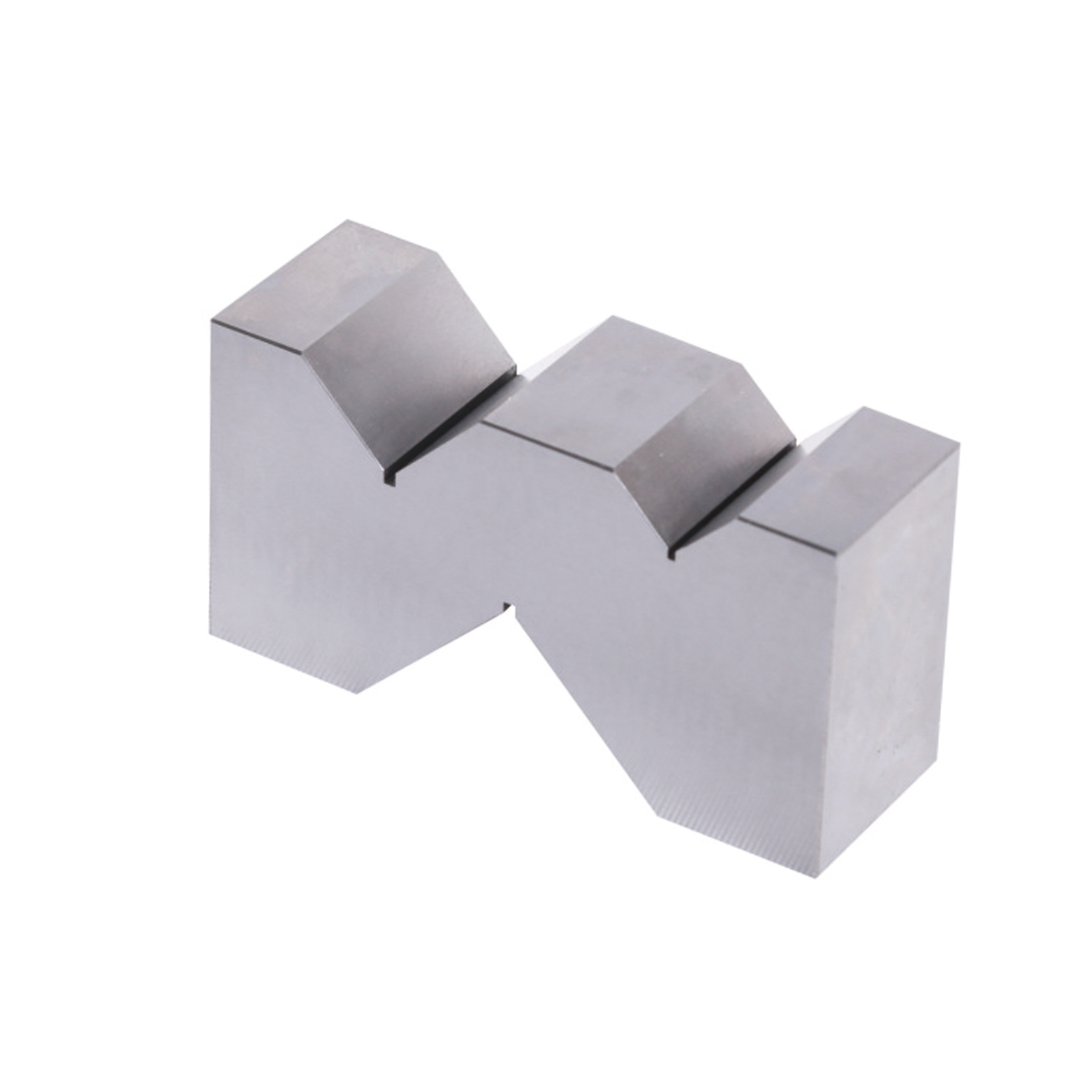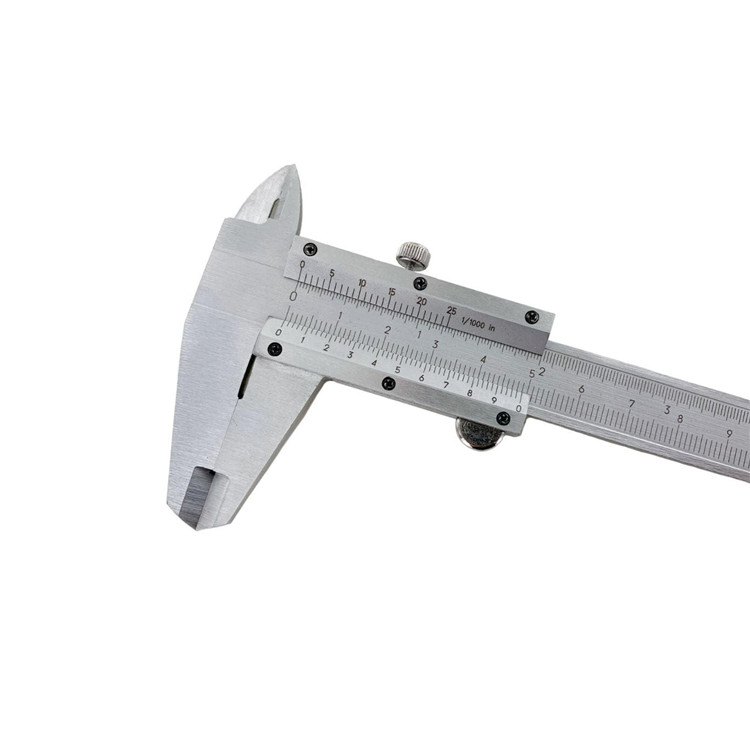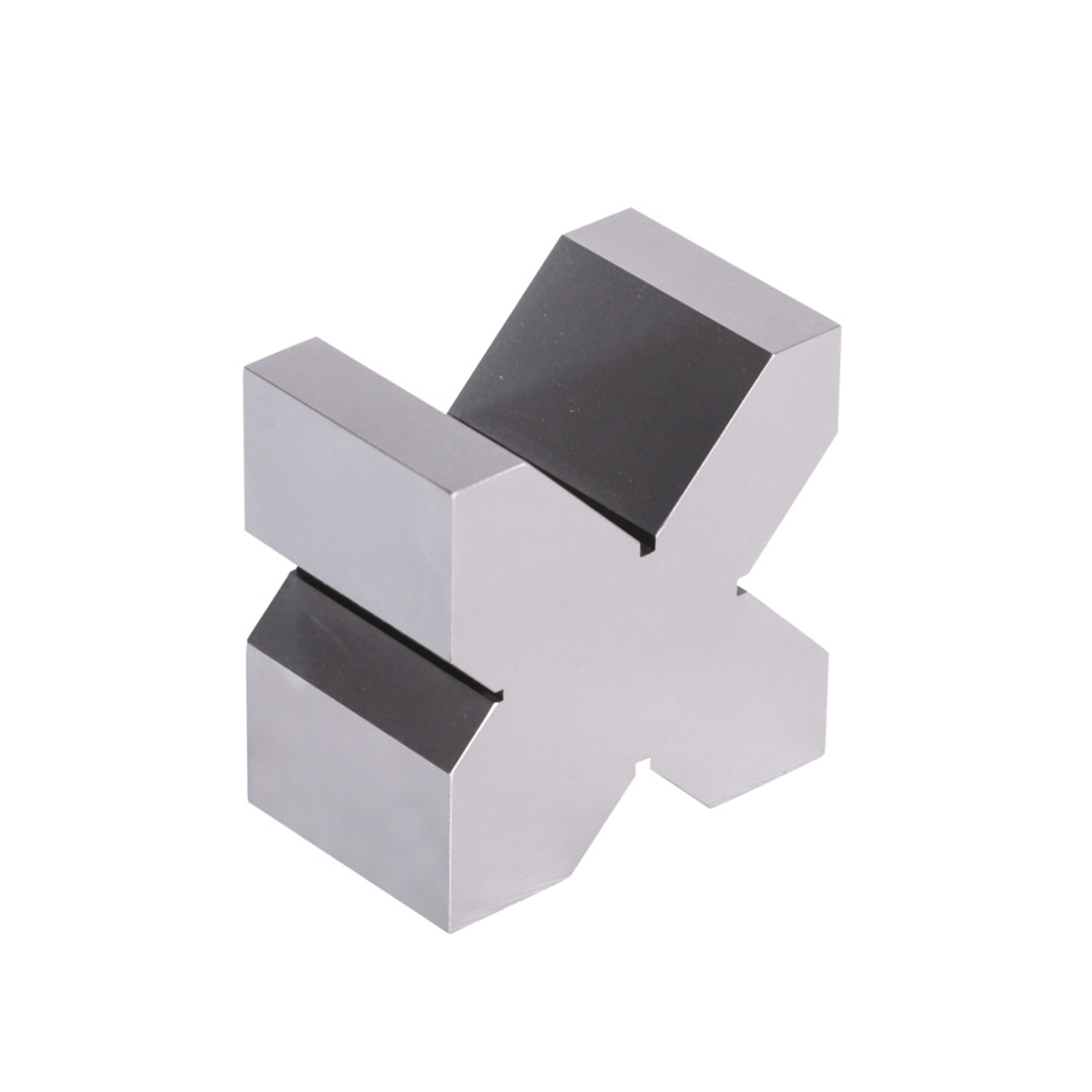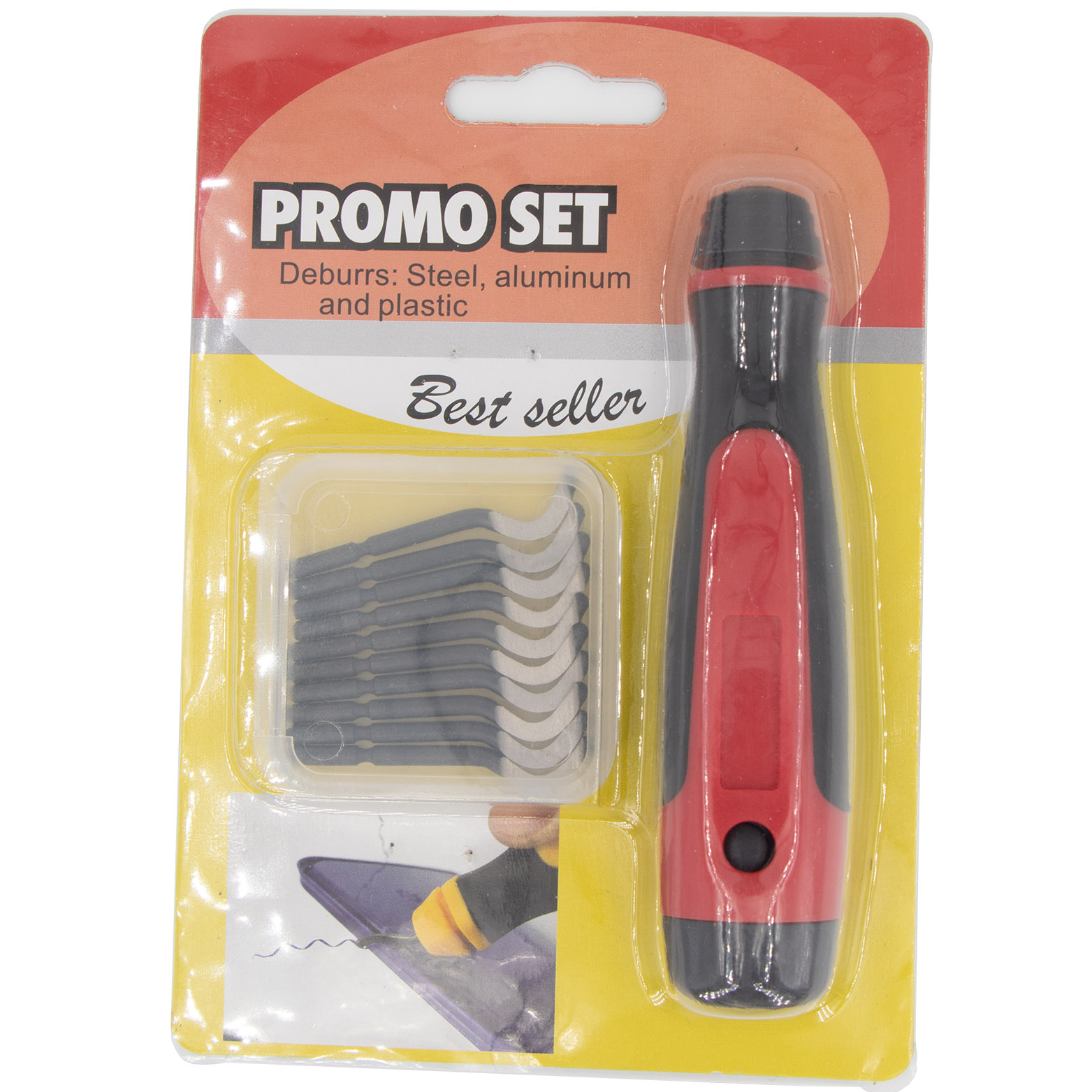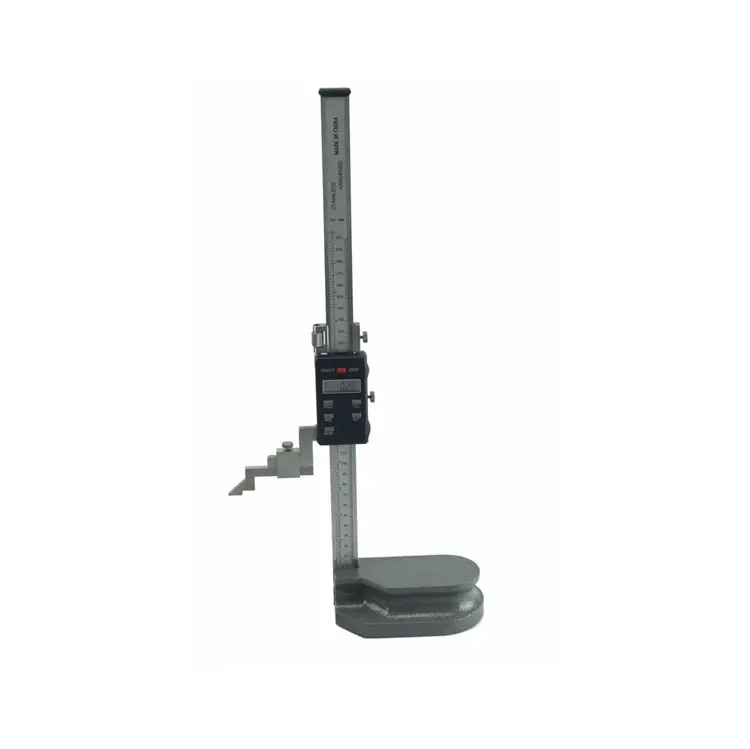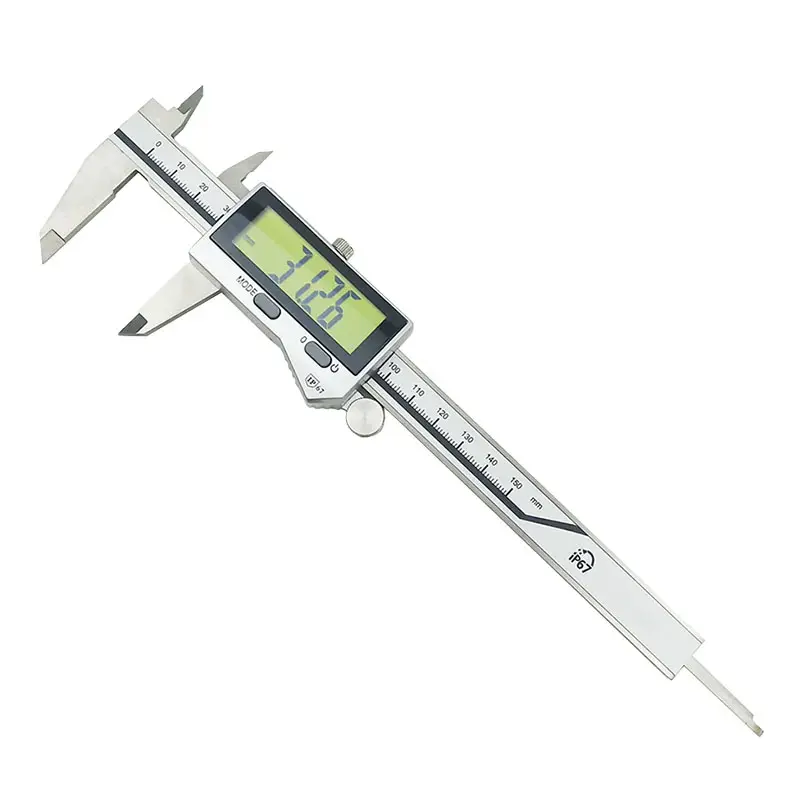cnc cutters
CNC cutters are essential tools for precision machining, shaping materials through controlled material removal. Selecting the right CNC cutter depends on factors such as material type, desired finish, machine capabilities, and project budget. This guide offers insights into different types of CNC cutters, their applications, and best practices for optimal performance. From end mills to drills and specialty cutters, understand the features and benefits of each to enhance your machining operations.Understanding the Basics of CNC CuttersCNC cutters, also known as cutting tools, are the unsung heroes of CNC machining. They are responsible for removing material from a workpiece to create the desired shape and features. The effectiveness of a CNC cutter impacts not only the accuracy and finish of the final product but also the overall efficiency and cost-effectiveness of the machining process. Understanding the different types of CNC cutters, their properties, and applications is crucial for any machinist.Key Properties of CNC CuttersSeveral key properties determine the performance of a CNC cutter: Material: The material of the cutter itself, such as high-speed steel (HSS), carbide, or ceramic, dictates its hardness, wear resistance, and ability to withstand heat. Geometry: The shape and angles of the cutting edges, including the number of flutes, helix angle, and relief angle, influence the cutting action and chip evacuation. Coating: Coatings, such as titanium nitride (TiN) or aluminum titanium nitride (AlTiN), can improve wear resistance, reduce friction, and enhance cutting performance. Size: The diameter and length of the cutter determine the size and depth of cuts that can be made.Types of CNC Cutters and Their ApplicationsThere is a wide variety of CNC cutters available, each designed for specific applications. Here's an overview of some common types:End MillsEnd mills are versatile cutters used for a wide range of milling operations, including profile milling, slotting, and surface contouring. They come in various shapes and sizes, including flat end mills, ball end mills, and corner radius end mills. Wayleading Tools offers a comprehensive range of end mills, ensuring you find the perfect tool for your specific needs. Check out their selection at Wayleading Tools.Types of End Mills: Flat End Mills: General-purpose cutters for creating flat surfaces and square shoulders. Ball End Mills: Used for creating contoured surfaces and intricate shapes. Corner Radius End Mills: Feature a rounded corner for improved surface finish and reduced stress concentration. Roughing End Mills: Designed for rapid material removal, often with a serrated cutting edge.DrillsDrills are used to create holes in workpieces. CNC drills come in various sizes and types, including twist drills, spot drills, and center drills. Each type is designed for a specific drilling application.Types of Drills: Twist Drills: The most common type of drill, used for general-purpose hole drilling. Spot Drills: Used to create a pilot hole for accurate drill placement. Center Drills: Used to create a countersink or chamfer around a hole.TapsTaps are used to create internal threads in holes. They come in various sizes and thread pitches to match different fastener standards.Types of Taps: Spiral Point Taps: Push chips forward for through-hole tapping. Spiral Flute Taps: Pull chips backward for blind-hole tapping. Forming Taps (Roll Taps): Form threads rather than cutting them, resulting in stronger threads.Face MillsFace mills are large-diameter cutters used for machining large, flat surfaces. They typically have multiple inserts that can be replaced when worn, reducing tooling costs.Specialty CuttersIn addition to the common types of CNC cutters mentioned above, there are also specialty cutters designed for specific applications. These include: Thread Mills: Used to create precise internal and external threads. Chamfer Mills: Used to create chamfers or bevels on edges. Keyseat Cutters: Used to create keyways in shafts and hubs.Selecting the Right CNC CutterChoosing the right CNC cutter for a specific application requires careful consideration of several factors:Material to be MachinedThe material of the workpiece is a primary factor in selecting a CNC cutter. Harder materials require cutters made from more wear-resistant materials, such as carbide. Softer materials can be machined with HSS cutters. Here's a general guideline: Material Recommended Cutter Material Aluminum HSS, Carbide Steel HSS, Carbide Stainless Steel Carbide Titanium Carbide Plastics HSS, Carbide Desired Surface FinishThe desired surface finish also influences CNC cutter selection. For fine finishes, cutters with more flutes and sharper cutting edges are preferred. Coatings can also improve surface finish.Machine CapabilitiesThe capabilities of the CNC machine, such as spindle speed and horsepower, must be considered when selecting a CNC cutter. Larger cutters require more horsepower and may not be suitable for smaller machines.Cutting ParametersProper cutting parameters, such as cutting speed, feed rate, and depth of cut, are essential for optimal CNC cutter performance and tool life. Consult the cutter manufacturer's recommendations for specific cutting parameters.Best Practices for CNC Cutter UsageTo maximize the performance and lifespan of CNC cutters, follow these best practices: Use Proper Coolant: Coolant helps to dissipate heat, reduce friction, and flush away chips. Maintain Sharp Cutters: Dull cutters can lead to poor surface finish, increased cutting forces, and premature tool failure. Use Proper Tool Holding: Securely holding the cutter in the spindle is essential for accurate machining and preventing tool damage. Follow Recommended Cutting Parameters: Using the correct cutting parameters ensures optimal performance and tool life. Regular Inspection: Regularly inspect CNC cutters for wear and damage. Replace worn or damaged cutters immediately.ConclusionSelecting and using the right CNC cutter is critical for achieving accurate, efficient, and cost-effective machining. By understanding the different types of CNC cutters, their properties, and best practices for usage, machinists can optimize their machining operations and produce high-quality parts. Remember to always consult the manufacturer's recommendations for specific cutting parameters and tool maintenance. For a wide selection of high-quality CNC cutters, consider exploring the offerings from Wayleading Tools.
Related products
Related products
Best selling products
Best selling products-
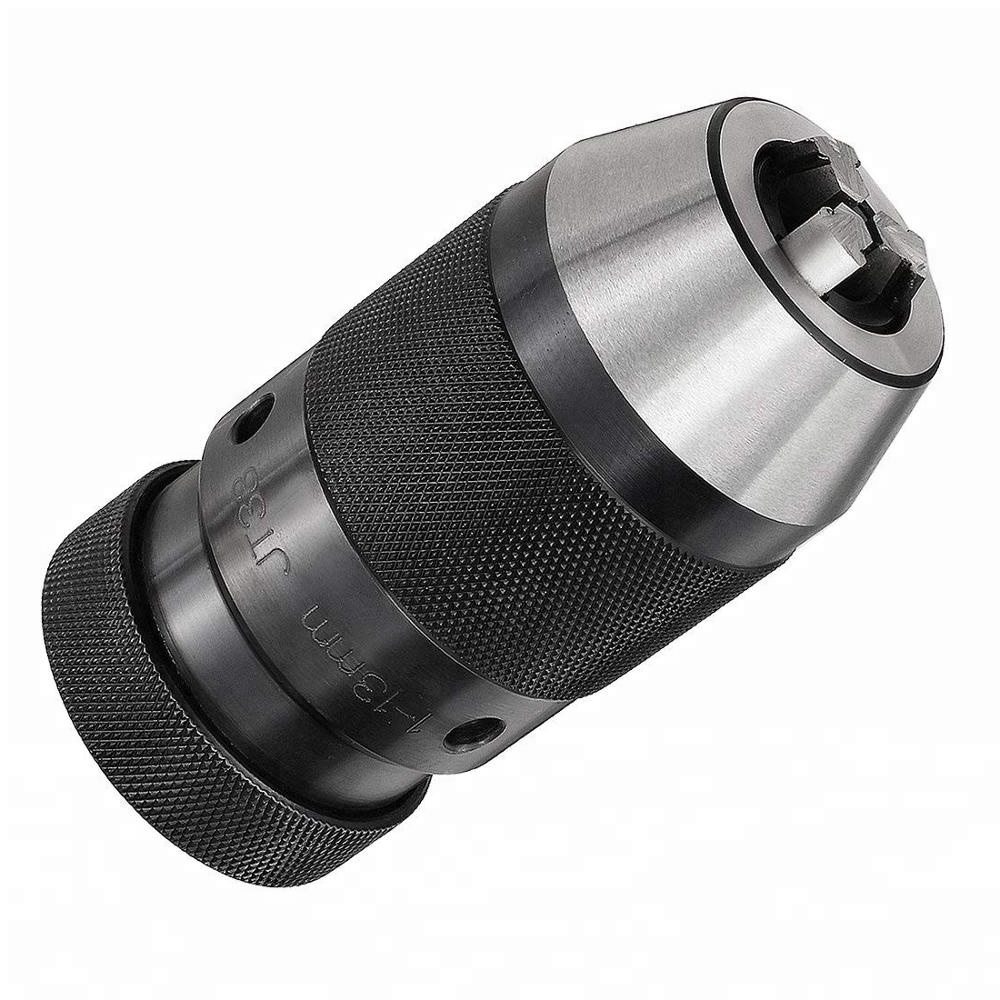 Keyless Drill Chuck With Heavy Duty Type
Keyless Drill Chuck With Heavy Duty Type -
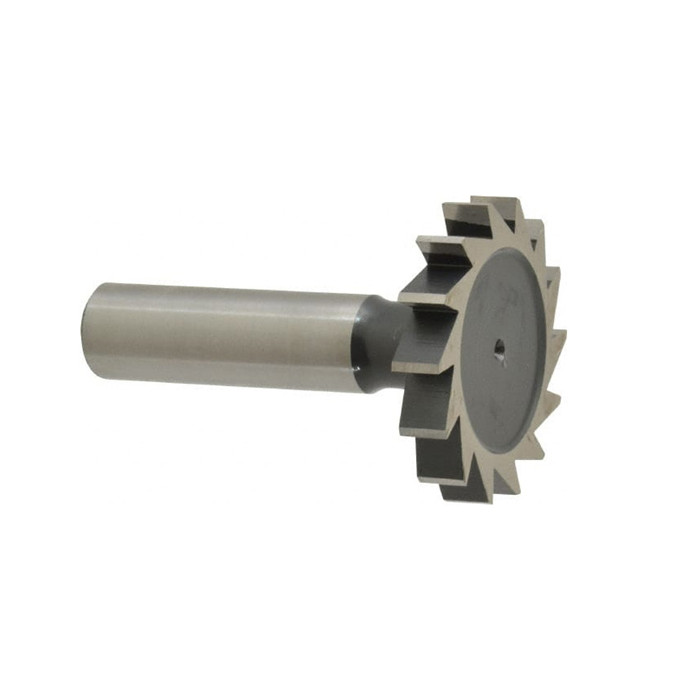 HSS Metric & Inch Woodruff Keyseat Cutter With Straight Or staggered Teeth
HSS Metric & Inch Woodruff Keyseat Cutter With Straight Or staggered Teeth -
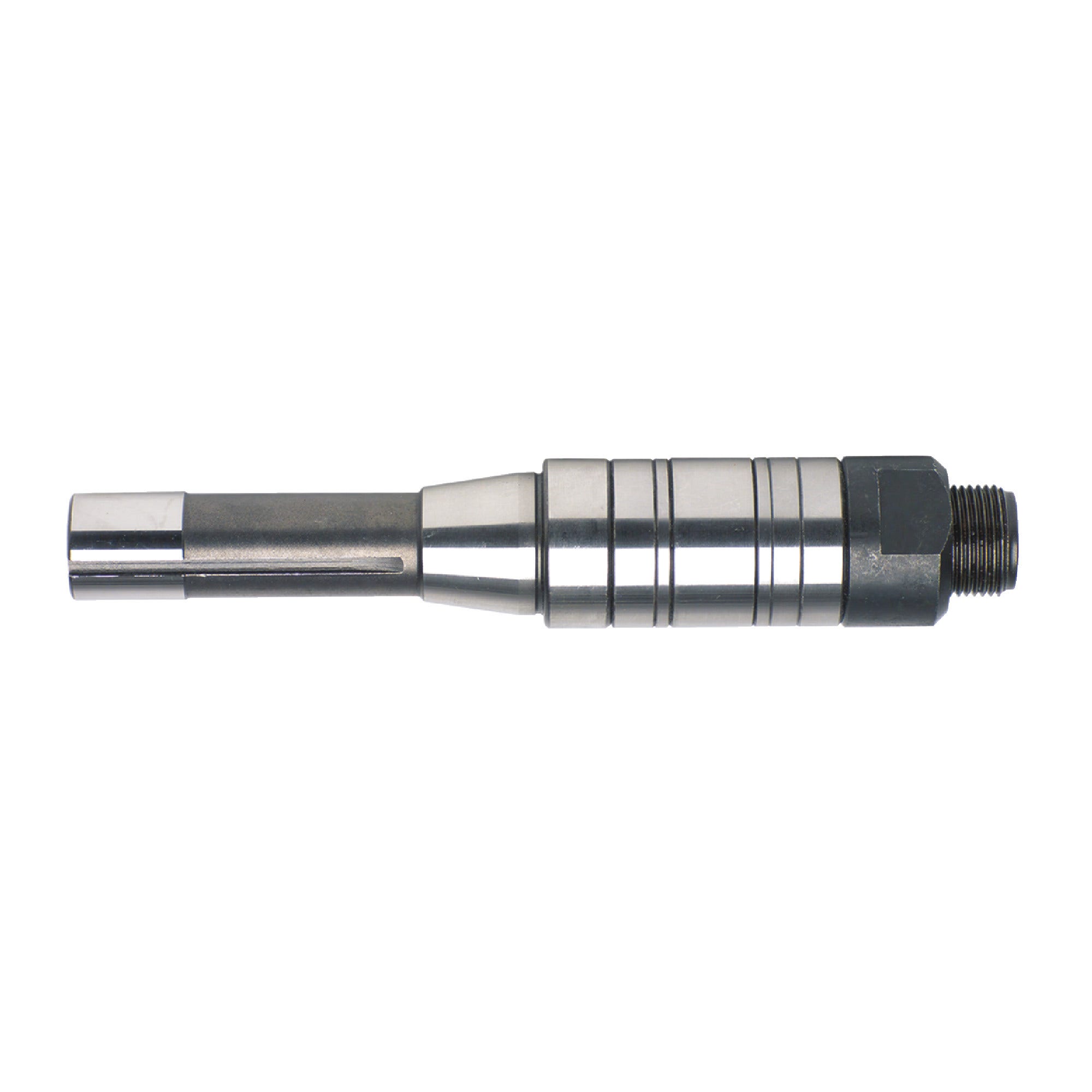 Stub Milling Machine Arbor With NT, R8 and MT Shank
Stub Milling Machine Arbor With NT, R8 and MT Shank -
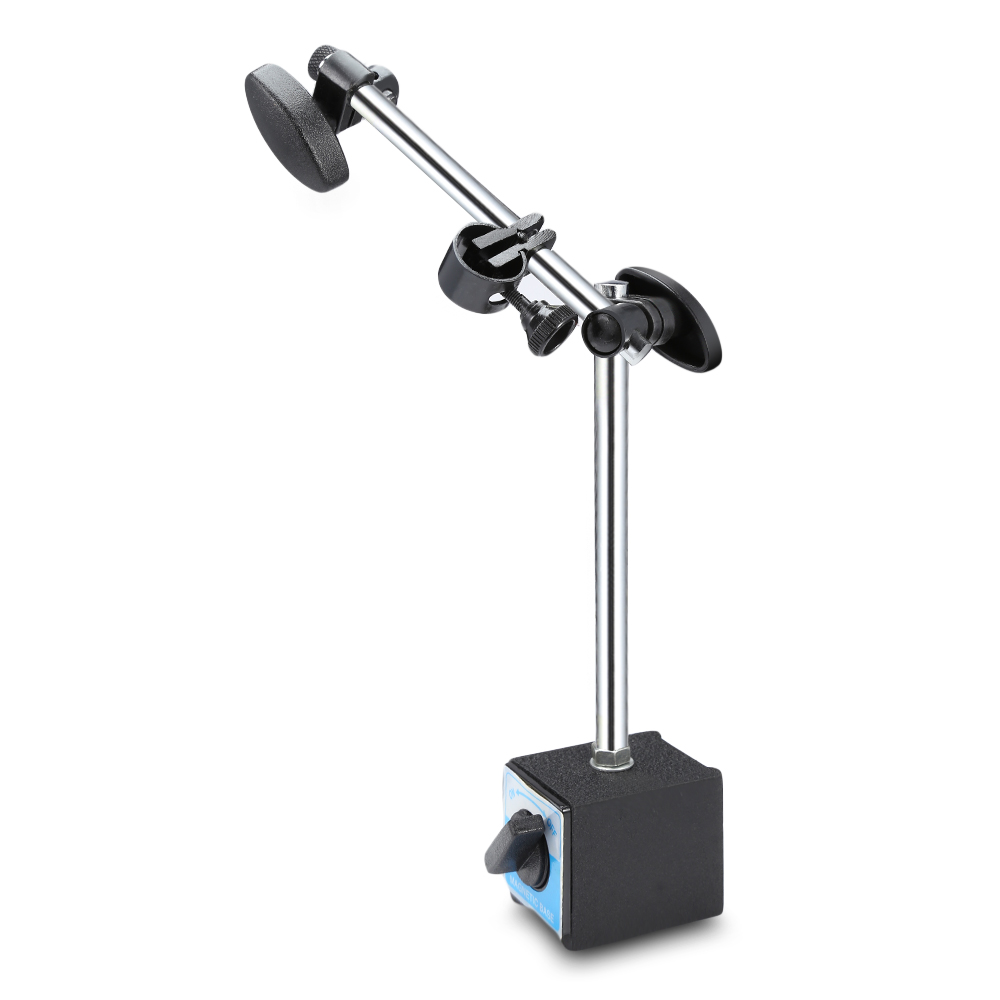 Precision Magnetic Base With Fine Adjustment For Dial Indicator
Precision Magnetic Base With Fine Adjustment For Dial Indicator -
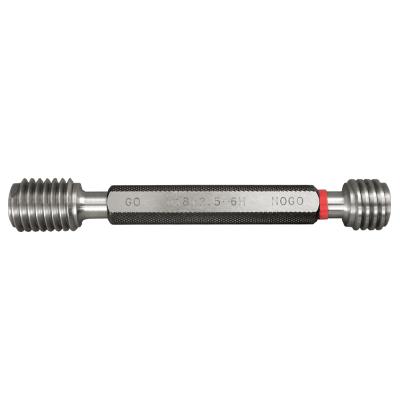 Metric Thread Plug Gauge 6H Accuracy With Go & NO Go
Metric Thread Plug Gauge 6H Accuracy With Go & NO Go -
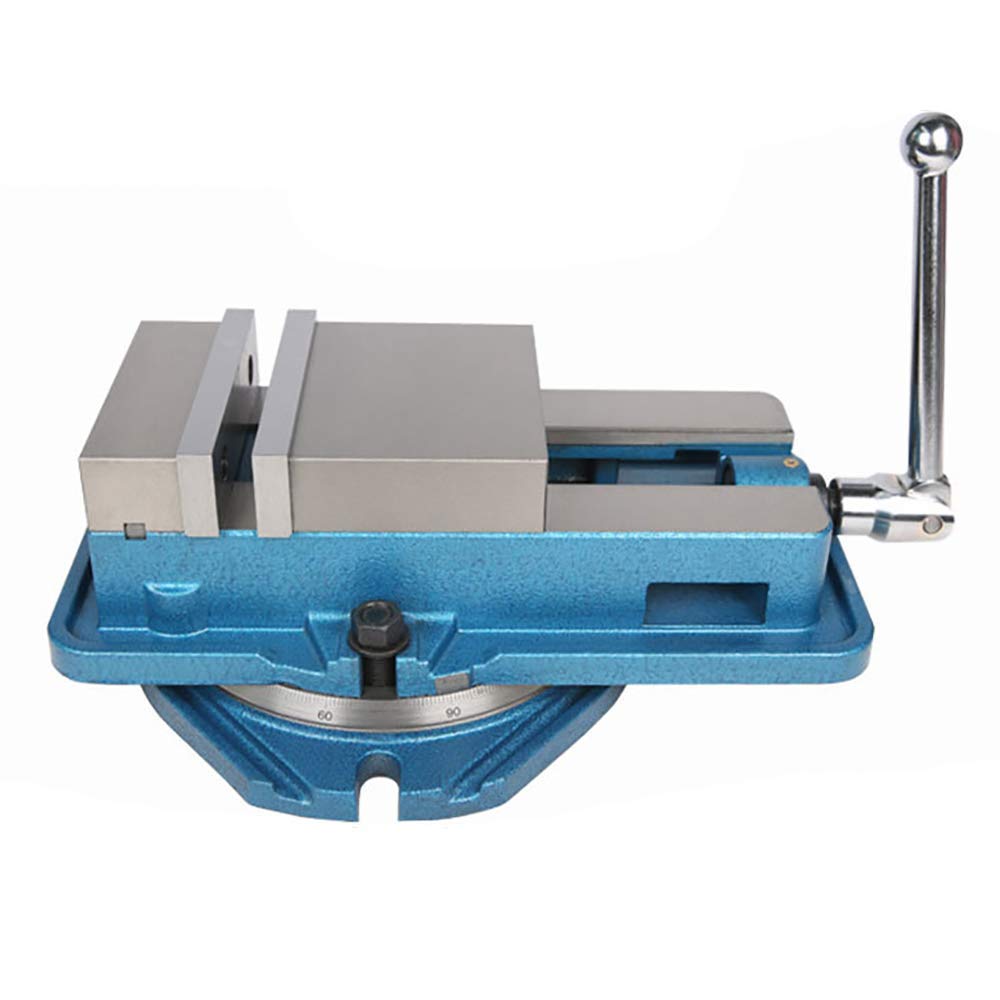 QM ACCU-Lock Precision Machine Vises With Swivel Base
QM ACCU-Lock Precision Machine Vises With Swivel Base -
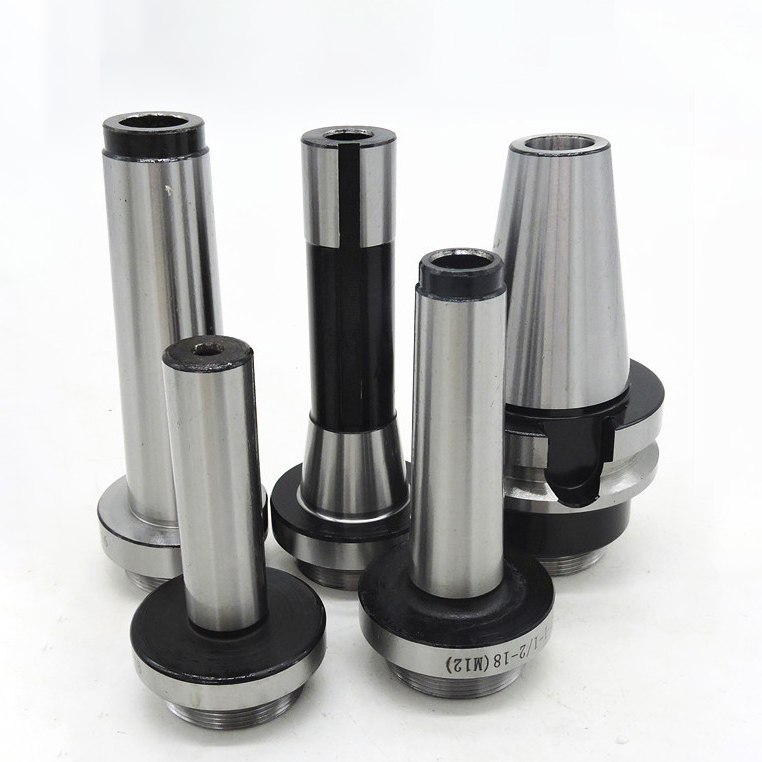 Boring Head Shank For Boring Head With Industrial Type
Boring Head Shank For Boring Head With Industrial Type -
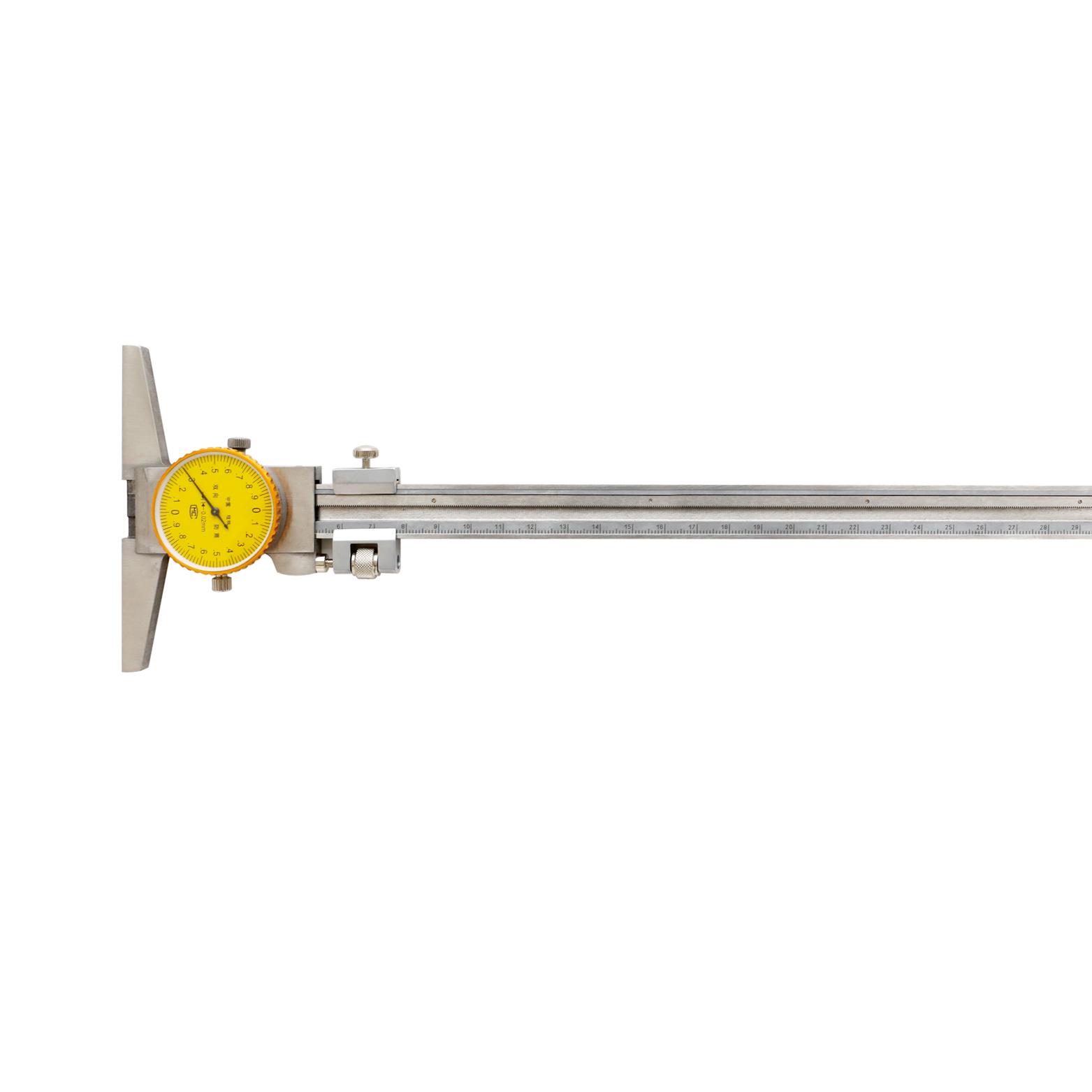 Dial Depth Gauge With Stainless Steel For Industrial Type
Dial Depth Gauge With Stainless Steel For Industrial Type -
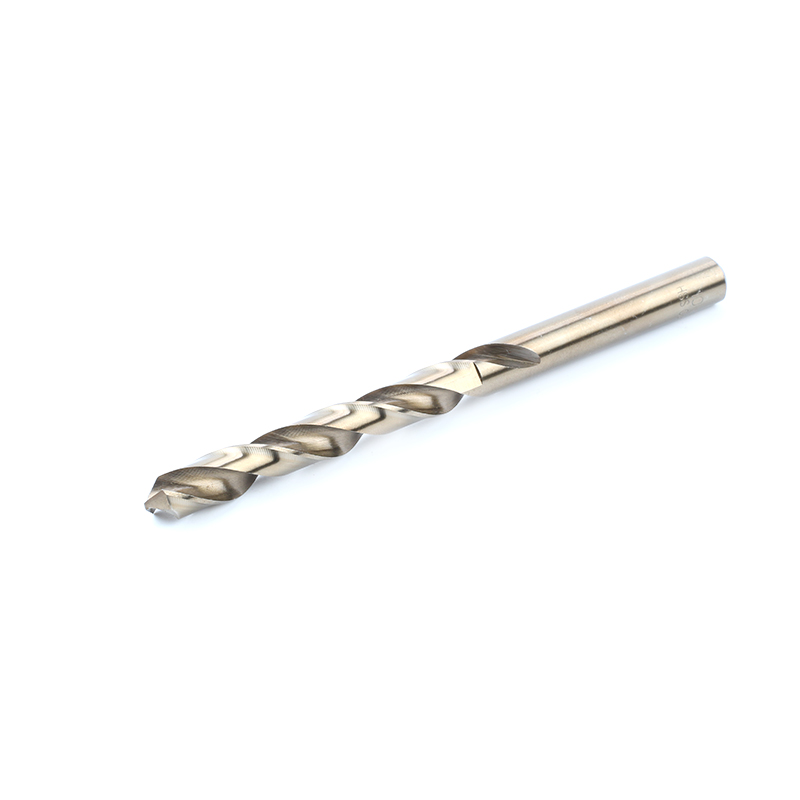 DIN338 HSS Twist Drill Bit Fully Ground Or TiN Coated
DIN338 HSS Twist Drill Bit Fully Ground Or TiN Coated -
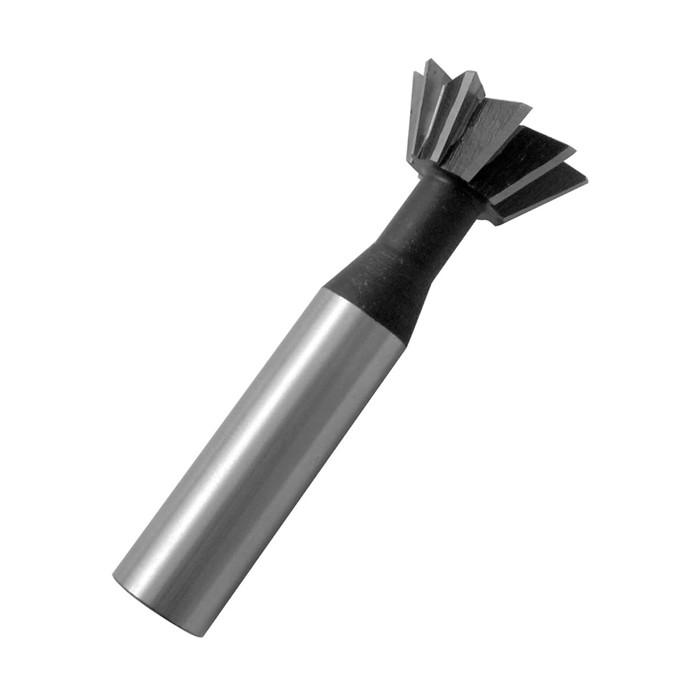 HSS Metric & Inch Dovetail End Mill With 45 And 60 Degree For Industrial
HSS Metric & Inch Dovetail End Mill With 45 And 60 Degree For Industrial -
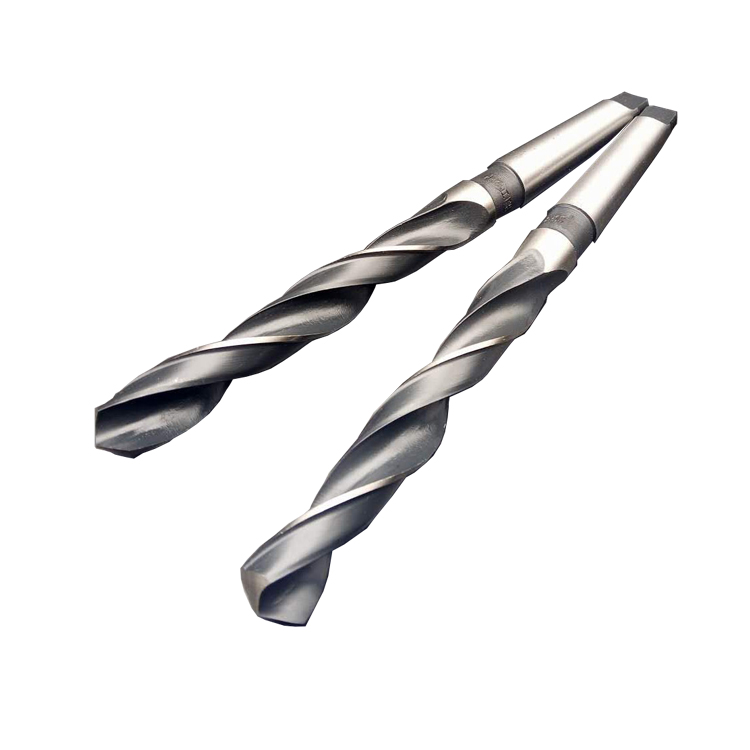 HSS Metric Taper Shank Twit Drills For Metal Cutting Of High Precision
HSS Metric Taper Shank Twit Drills For Metal Cutting Of High Precision -
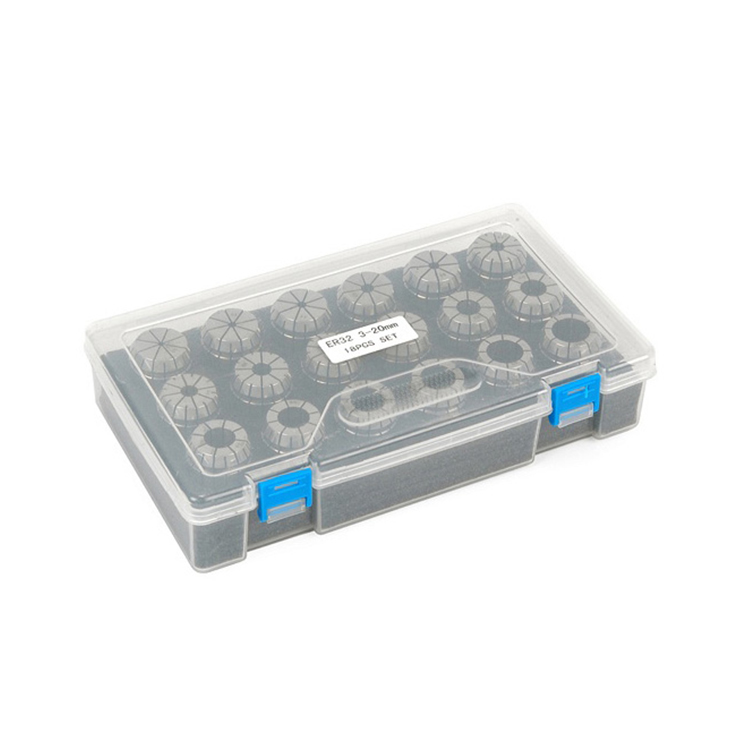 ER Collet Set With Hight Precision Milling
ER Collet Set With Hight Precision Milling

